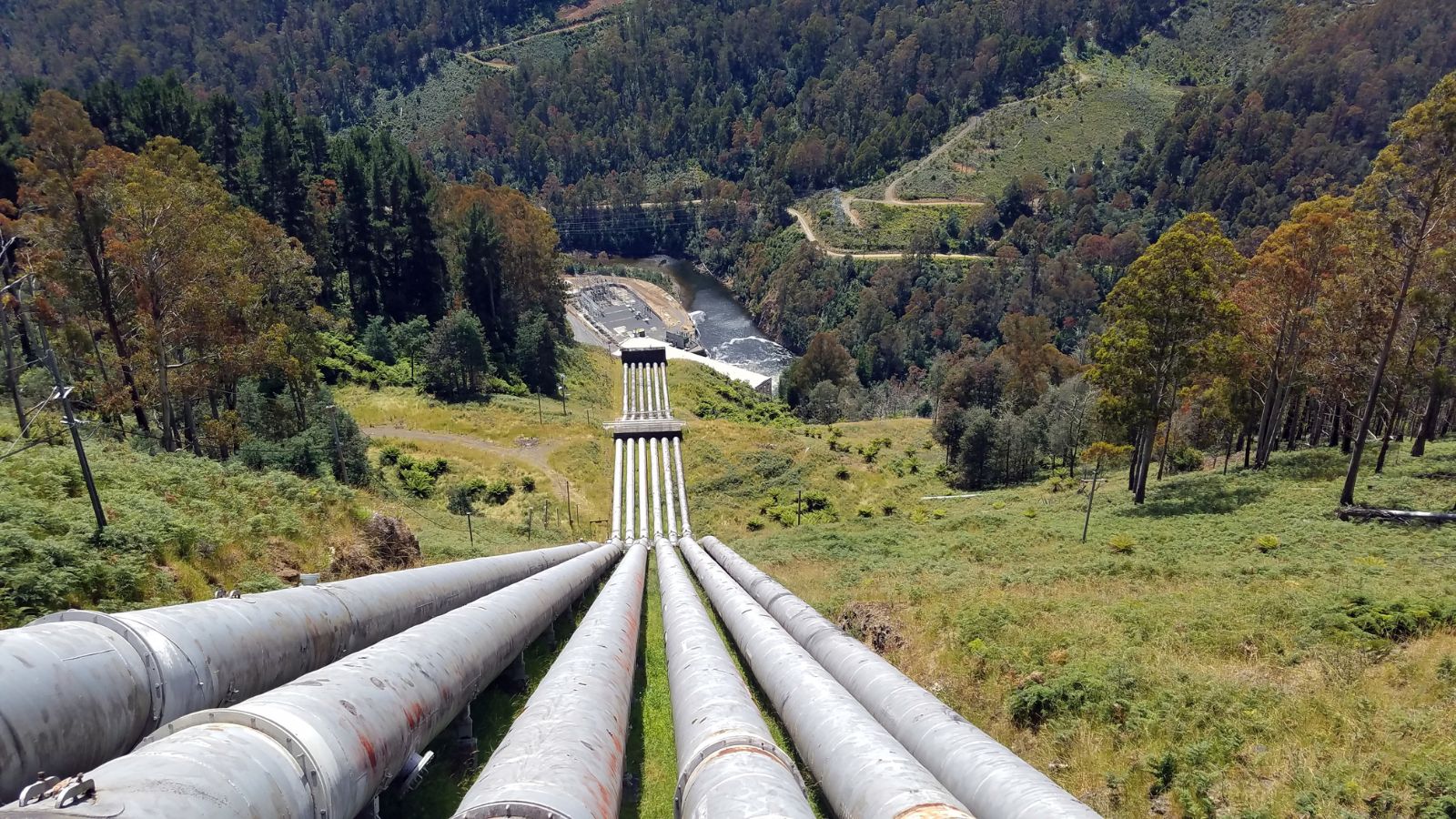Building more hydroelectric power plants can help the world transition away from coal and natural gas. And hydropower can provide electricity when wind and solar are not available.
But Paulina Jaramillo of Carnegie Mellon University says hydropower is vulnerable to climate-driven changes in rainfall and water supplies.
For example, in some places, like the southwestern U.S., severe droughts are leaving less water available for hydropower.
In time, water shortages may also affect regions where glaciers currently provide water.
“If glaciers fully melt, then those systems won’t have enough water,” Jaramillo says.
But Jaramillo’s research shows that other areas, like many parts of East Africa, will have more precipitation and more potential hydropower capacity.
So she says building new plants and interconnecting the grid can help get hydropower from where it’s abundant to where it’s needed.
That’s no easy task. New plants are expensive. Dams and reservoirs can harm the environment. And building transmission lines can be difficult.
“But there’s still a lot of hydropower capacity around the world,” Jaramillo says.
So she hopes her research can be used to help increase the use of hydropower in a way that minimizes its vulnerabilities to climate change.
Reporting credit: ChavoBart Digital Media
Source link


